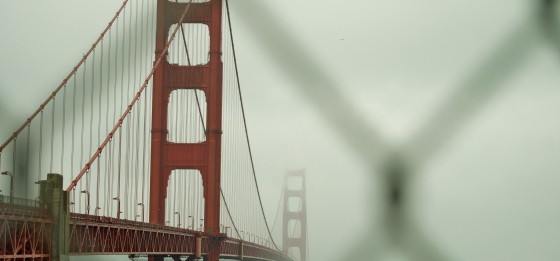In Keene, New Hampshire, Duncan Watson looks out the window with trepidation as rain pounds the glass of his office at the Public Works Department; in 2005, a flood in his hometown killed seven people. And across the country in Santa Fe, New Mexico, forest fuels specialist Bill Armstrong fears he’s losing a race against the clock to thin and prescriptively burn the tree-crowded national forest before a prolonged drought sets the stage for another mega-fire.
What do these two men have in common? They’re on opposite sides of the same coin, dealing with the consequences of what Watson calls a “caffeinated climate” in which change is not so much about the slowly rising thermostat, but about more pronounced extremes, from very wet to very dry.






